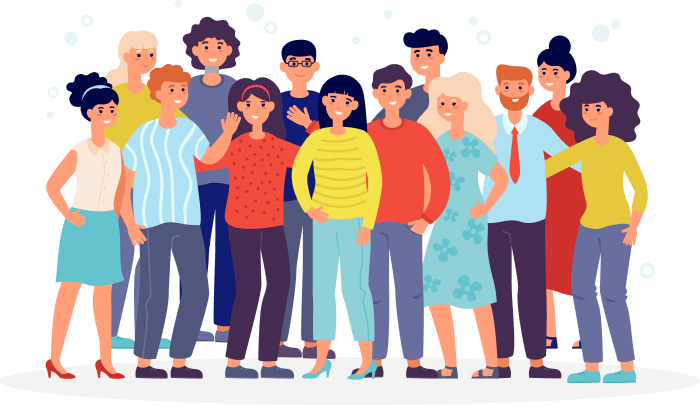Rapid City
We did the research. Find a place to call home.
B+
Quality of Life Score
Rapid City Information
80,792
Total Population
45%
Married Persons
55%
Single Persons

7/10
City Rating
City ratings are often based on a variety of factors including quality of life, economic opportunities, safety, education, and more. A rating of 7 or higher might suggest a city with a relatively high quality of life and desirable living conditions. A rating below 5 might indicate challenges or lower overall satisfaction.
7/10
Overall Value
This is a broader rating that takes into account multiple factors affecting the overall appeal of a city. Ratings above 7 might indicate a highly attractive city, while those below 5 might suggest areas for improvement.
10/10
Density (Population per mile²)
City density refers to the concentration of people living within a city's geographic area. It is typically expressed as the number of residents per square mile or square kilometer. Higher density indicates that more people live in a given area, leading to potentially busier streets, more crowded living conditions, and increased access to amenities and services.
1400
Rapid City
260,000
Reno
City Info
Rapid City, South Dakota, is the second-largest city in the state with a 2025 projected population of about 80,792. It serves as the county seat of Pennington County and is a regional hub for commerce, culture, and tourism. The city is located near the Black Hills and is known for its proximity to Mount Rushmore and other natural attractions. The population is predominantly White (around 77%), with American Indian residents making up about 7%, and a mix of other ethnicities. The median household income is approximately $65,700, with about 7.8% of families living in poverty. Rapid City has a median age of 39 years and a balanced age distribution, with about 22% of the population under 18 and over 20% aged 65 and older. The city is experiencing steady growth, with an annual population increase near 0.9%, supporting ongoing development in housing, infrastructure, and community services.
Residence
30% (Homes Rented)

50 Years
Median Home Age
$300,000
Median Home Price
5%
Home Aappreciation Rate
1.2%
Annual Property Tax
Weather
60%
Sun
30%
Rain
10%
snow
Residence
Rapid City experiences a continental climate with four distinct seasons, including cold winters and warm summers. The housing market includes a mix of historic and newer homes, with steady appreciation. The city supports a stable homeownership rate and ongoing residential growth.
Community
7
Crime Rate (per 100,000)
Democratic
Political Majority
39
Average Age
Community
Rapid City is a culturally diverse community with a mix of ethnic groups and a balanced age distribution. The city supports a variety of cultural, recreational, and educational opportunities, and maintains active civic engagement. It is politically predominantly Democratic and focused on sustainable growth.
Locale

Occupation
25%
Management, Business, Art & Sciences
20%
Sales & Office Occupations
15%
Service Occupations
15%
Production, Transportation & Material Moving
5%
Natural Resources, Construction & Maintenance
Education
1:18
Student Teacher Ratio
30%
High School Diploma
30%
Some College or Associates Degree
20%
Bachelors Degree
10%
Graduate or Professional Degree
Locale
Rapid City offers a blend of urban amenities and access to natural attractions like the Black Hills. The city is planning for continued growth with investments in infrastructure, housing, and transportation to support its expanding population.
Transit
27%
Public Transportation
65%
Car
30%
Carpool
5%
Work At Home
Transit
Commuting in Rapid City is primarily by car, supported by a growing public transit system. Average commute times are near the national average, with efforts underway to improve infrastructure and manage growth sustainably.


